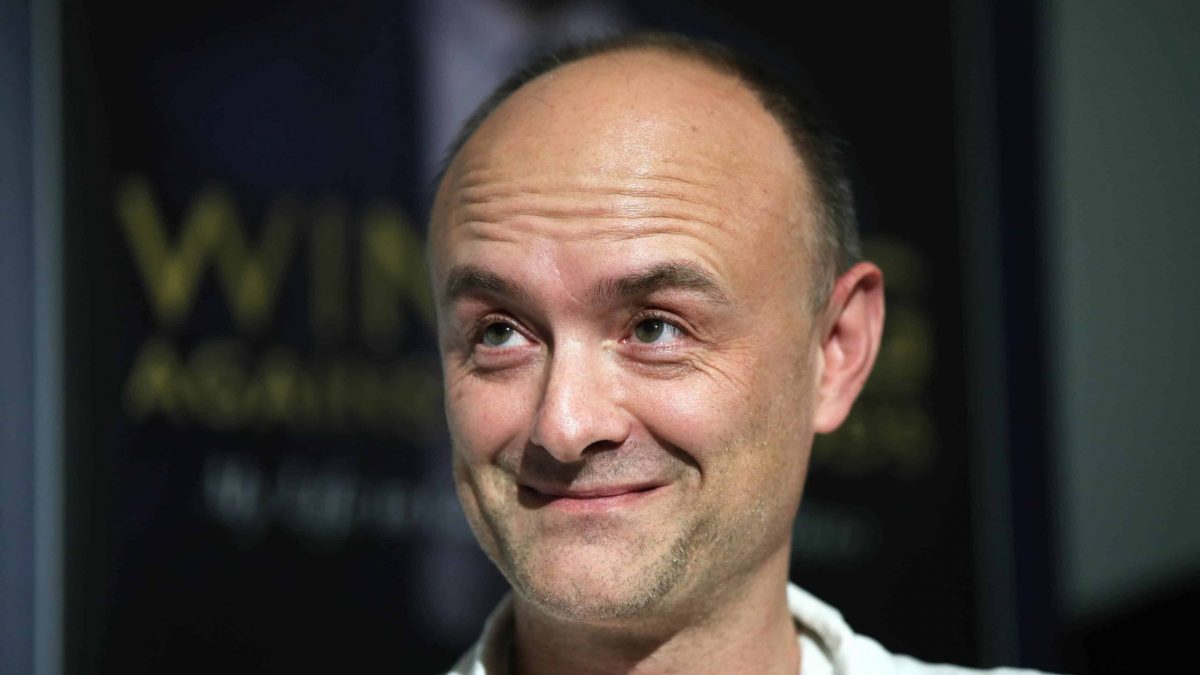
Credit;PA
A late Facebook spending spree designed to woo floating voters could have helped tip the scales in Boris Johnson’s favour last week.
The Conservative Party significantly outspent all other parties on Facebook and Instagram adverts over the election, with the lion’s share coming in a spending blitz in the final two weeks of the campaign.
Across their two main pages – named Conservatives and Boris Johnson – the party spent a total of £959,329 in the four weeks up to the vote.
In comparison, Labour spent £552,035 on its Labour Party and Jeremy Corbyn pages between November 14 and December 12, the fourth most of the major UK parties.
The Liberal Democrats were the second biggest spenders, with £800,767 used to target voters during the period on its main page.
The Brexit Party was third, spending £585,202 across its party and Nigel Farage pages.
Facebook did not release exact totals on ad spending over the election period so the figures were compiled using estimates from researchers at New York University.
According to the analysis, the Conservatives remained relatively quiet in the early weeks of the campaign as the three other biggest spending parties laid out hundreds of thousands of pounds.
But the Tories then splashed £888,291 in a late push during the final two weeks, amounting to 92 per cent of their total spending over the period.
As their spending ramped up, the party appeared to focus the majority of its spending on two key messages – guaranteeing Brexit and preventing Jeremy Corbyn from becoming prime minister.
Labour’s adverts, meanwhile, were largely based around issues such as the NHS, as well as pushing people to register to vote and find their polling stations.
The majority of the Liberal Democrats’ ads promoted the party’s plans to stop Brexit, while the Brexit Party targeted voters in Tory or Labour marginals and focused largely on ensuring the UK’s departure from the EU.
Facebook’s platform allows advertisers to target users based on information the company holds on them including age, sex, location and even relationship status or level of education.
The company allows advertisers to post “dark” ads, meaning they may not be visible on their main page and can only be seen by those the campaign has chosen to target.
While the Conservatives spent more money targeting voters in the 45-54 category than any other age group, Labour and the Liberal Democrats’ spending was most heavily aimed at 25-34 year-olds, according to Facebook’s data.
The use of Facebook as a tool of influence in British politics first came under the spotlight in the 2016 EU referendum campaign after Vote Leave used Facebook data harvested by Cambridge Analytica to target voters.
Vote Leave’s campaign director Dominic Cummings is now the top adviser to Mr Johnson and echoes of the 2016 tactics could be seen in the Tories’ strategy this time around.
The official Vote Leave campaign spent more than £2.7 million on targeting ads at specific groups of people on Facebook.
The ads, created by Canadian company Aggregate AIQ, often focused on specific issues – such as immigration or animal rights – thought likely to push the buttons of certain groups of people.
Animal lovers, for example, were targeted by ads featuring polar bears and bullfighters.
Whereas tea-lovers saw ads such as this appear on their timeline.
Facebook has faced calls to ban political advertising on its platform after Twitter and Snapchat announced plans to do so.
The social network’s founder Mark Zuckerberg said banning or fact-checking political adverts would amount to censorship of free speech.
A number of misleading adverts were withdrawn from the platform throughout the campaign, including several from the Conservative Party that used edited versions of BBC content.
Related: Tony Blair launches scathing attack of Jeremy Corbyn following election defeat